
McLaughlin, PC is a boutique law firm that provides legal services and government relations to entrepreneurs and innovators operating in regulated business environments. The firm serves clients in the alcohol beverage, food product and cannabis industries throughout the United States and beyond. The firm has been on the forefront of explaining the regulatory, business and tax changes surrounding the COVID-19 crisis. It has even created a dedicated website right here on top of allowing us to publish this article.
The United States Treasury announced details for the Paycheck Protection Program authorized under the CARES Act signed into law on March 27, 2020. For small businesses in the United States, these provisions are the most critical components of the CARES Act because it provides $349 billion in federally-guaranteed loans under the Small Business Administration’s (“SBA”) 7a program. The loan is intended to help small businesses retain employees and pay for other allowed expenses.
Businesses are able to use the loan to cover payroll costs including benefits, most mortgage interest, rent and utility costs over the 8 week period after the loan is made. So long as loans are used for these purposes, loans will be forgiven if employee numbers and compensation are maintained during that time period or are returned to normal by June 30, 2020.
Loans can be for the lesser of $10 million or 2.5 times a business’s average payroll cost for a twelve-month period. Interest rates are fixed at 0.50 percent, payments are deferred for six months and the loans are due two years from the loan date. No collateral is required nor is a personal guarantee required.
SBA-approved lenders will start processing borrower applications according to the following schedule: April 3, 2020, for small businesses and sole proprietorships and April 10, 2020, for independent contractors and self-employed individuals.
In the attached PDF, you’ll find additional guidance on the Paycheck Protection Program and examples of how to calculate loan amounts.
The following are a list of some of the more common questions our clients have posed since the passage of the CARES Act.
Does my business qualify for the SBA 7(a) loan under the Paycheck Protection Program?
Any business, nonprofit organization, self-employed individual, sole proprietorship or independent contractor that has “been adversely impacted by COVID-19” will be eligible if the organization: does not employ more than five hundred (500) employees, including full-time and parttime employees (or otherwise meets the existing SBA size standard for a particular industry); and was in operation on February 15, 2020 and paid employees’ salaries and payroll taxes or paid independent contractors.
There is not a clear test which a company must pass to demonstrate that it has “been adversely impacted by COVID-19,” which means this requirement will probably be easily satisfied if the business meets the other requirements of the Paycheck Protection Program.
How much money is my business eligible to borrow under the Paycheck Protection Program?
The loan amount under the Paycheck Protection Program is the lesser of 2.5 times the company’s average monthly payroll costs incurred in the one-year period before the loan is made or $10,000,000.
What can my business use the SBA 7(a) loan proceeds for under the Paycheck Protection Program?
Businesses can use funds from the Paycheck Protection Program loans to cover expenses including: payroll costs, including compensation to employees; payments for vacation, parental, family, medical or sick leave; severance payments; payments required for group health care benefits (including insurance premiums), retirement benefits, and state and local employment taxes; interest payments on any mortgage obligations or other debt obligations incurred before February 15, 2020 (but not any payments or prepayments of principal); rent; and utility payments.
What is the difference between the SBA 7(a) loans under the Paycheck Protection Program and traditional SBA 7(a) loans?
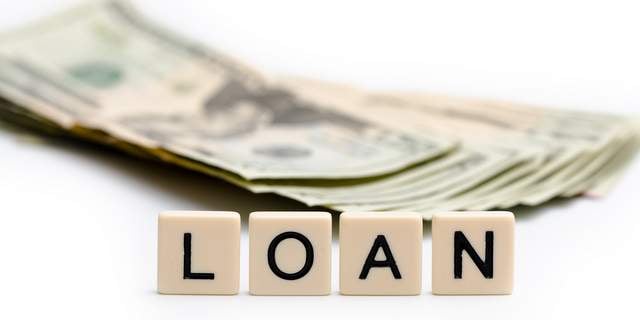
Unlike traditional SBA 7(a) loans, no personal guarantee will be required to receive funds and no collateral is necessary for loans under the Paycheck Protection Program. Similarly, the CARES Act waives the requirement that a business show that it cannot obtain credit elsewhere. In lieu of these requirements, a business must certify that the Paycheck Protection Program loan is necessary due to the uncertainty of current economic conditions; that it will use the funds to retain workers, maintain payroll, or make lease, mortgage, and utility payments; and that the business is not receiving duplicative funds for the same uses.
Payments of principal, interest, and fees will be deferred for at least six (6) months, but not more than one (1) year, and interest rates are capped at four percent (4%). In addition, the SBA will not collect any yearly fees for the loan, and all prepayment penalties are waived under the Paycheck Protection Program. Finally, the SBA has no recourse against any borrower for non-payment of the loan, except where the borrower has used the loan proceeds for a non-allowable purpose.
What is the difference between the SBA 7(a) loan under the Paycheck Protection Program and the SBA Economic Injury Disaster Loan?
The SBA 7(a) loan under the Paycheck Protection Program differs in a number of ways from the SBA Economic Injury Disaster Loans, the latter of which have been made available after recent gubernatorial disaster declarations.
First, the Economic Injury Disaster Loans are applied for directly from the SBA; whereas, the SBA 7(a) loans under the Paycheck Protection Program will be applied for through SBA approved lenders. Second, the Economic Injury Disaster Loans are not subject to forgiveness like the SBA 7(a) loans under the Paycheck Protection Program.
Businesses may apply for an Economic Injury Disaster Loan in addition to an SBA 7(a) loan under the Paycheck Protection Program, provided the loans are not used for the same purpose. If a business received an Economic Injury Disaster Loan after January 31, 2020, the business may refinance the outstanding balance as part of a loan under the Paycheck Protection Program.
How will the loan be forgiven under the Paycheck Protection Program?
Businesses are eligible for loan forgiveness for eight (8) weeks commencing from origination date of the loan of payroll costs and rent payments, utility payments, or mortgage interest payments. The amount of loan forgiveness may be reduced if the business reduces the number of employees as compared to the prior year, or if the business reduces the pay of any employee by more than twenty five percent (25%) as of the last calendar quarter. Businesses that re-hire workers previously laid off as a result of the COVID-19 crisis will not be penalized for having a reduced payroll for the beginning of the relevant period.
Businesses must apply for loan forgiveness to their lenders by submitting required documentation. If a balance remains on the loan after the loan forgiveness, the outstanding balance will have a maximum maturity date of ten (10) years after the application for loan forgiveness and a maximum interest rate of four percent (4%).
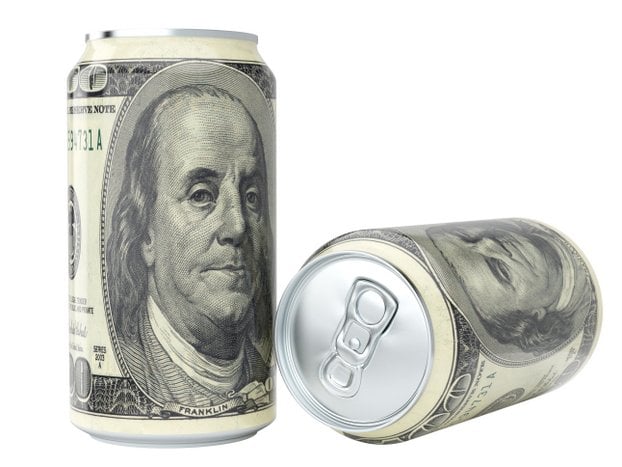
When can my business apply for an SBA 7(a) loan under the Paycheck Protection Program?
Lenders and banks are awaiting guidance from United States Treasury Department to proceed with the Paycheck Protection Program. Based on statements made by Treasury Secretary Steve Mnuchin, banks should be in a position to start making loans within a few days.
My business already has an SBA loan, is there any relief for businesses with existing SBA loans?
Yes, the SBA will pay the principal, interest, and associated fees on certain pre-existing SBA loans for six (6) months.
Matthew McLaughlin is a alcohol regulatory attorney, general counsel to the Mississippi Brewers Guild and the Alabama Brewers Guild and 2017 winner of the FX Matt Defense of the Industry Award by the Brewers Association.


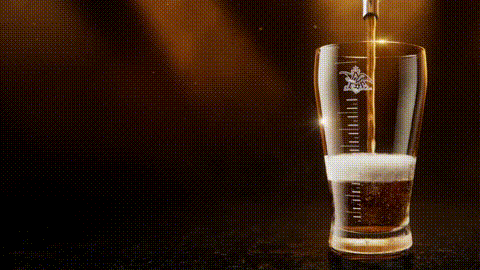
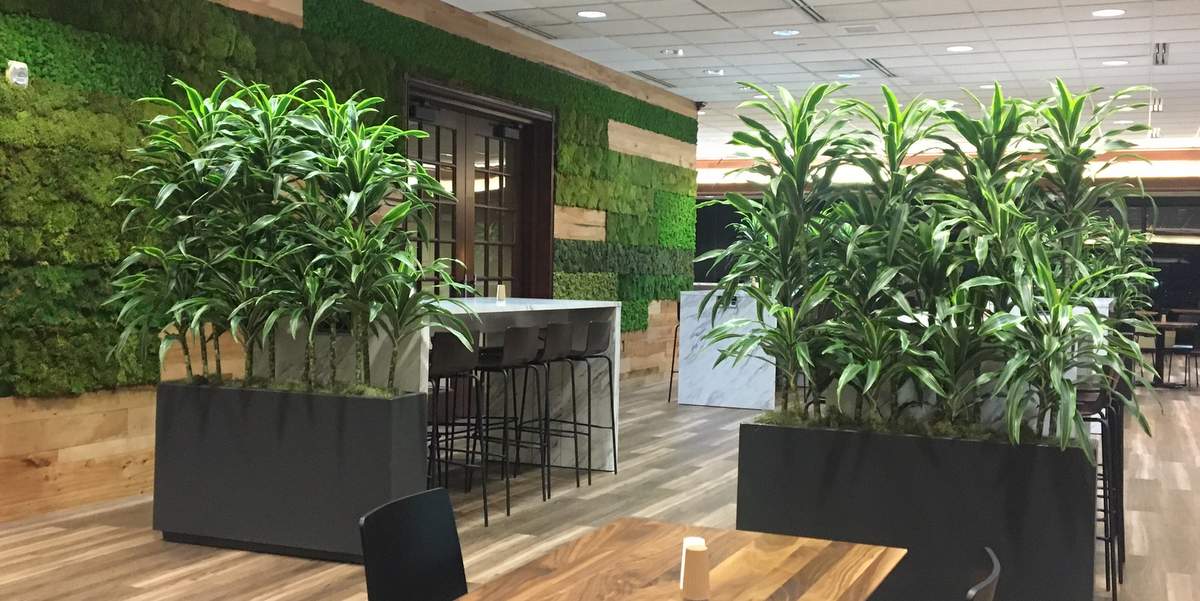
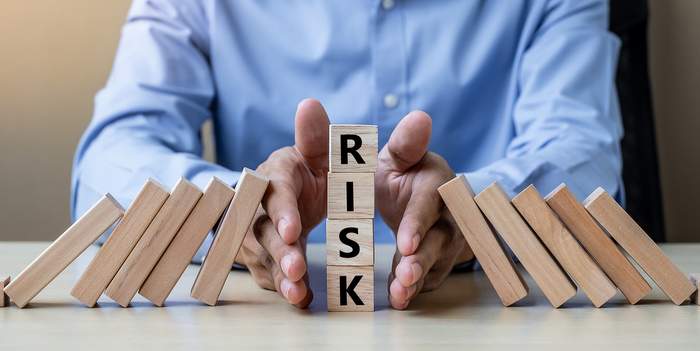

Leave a Reply
You must be logged in to post a comment.